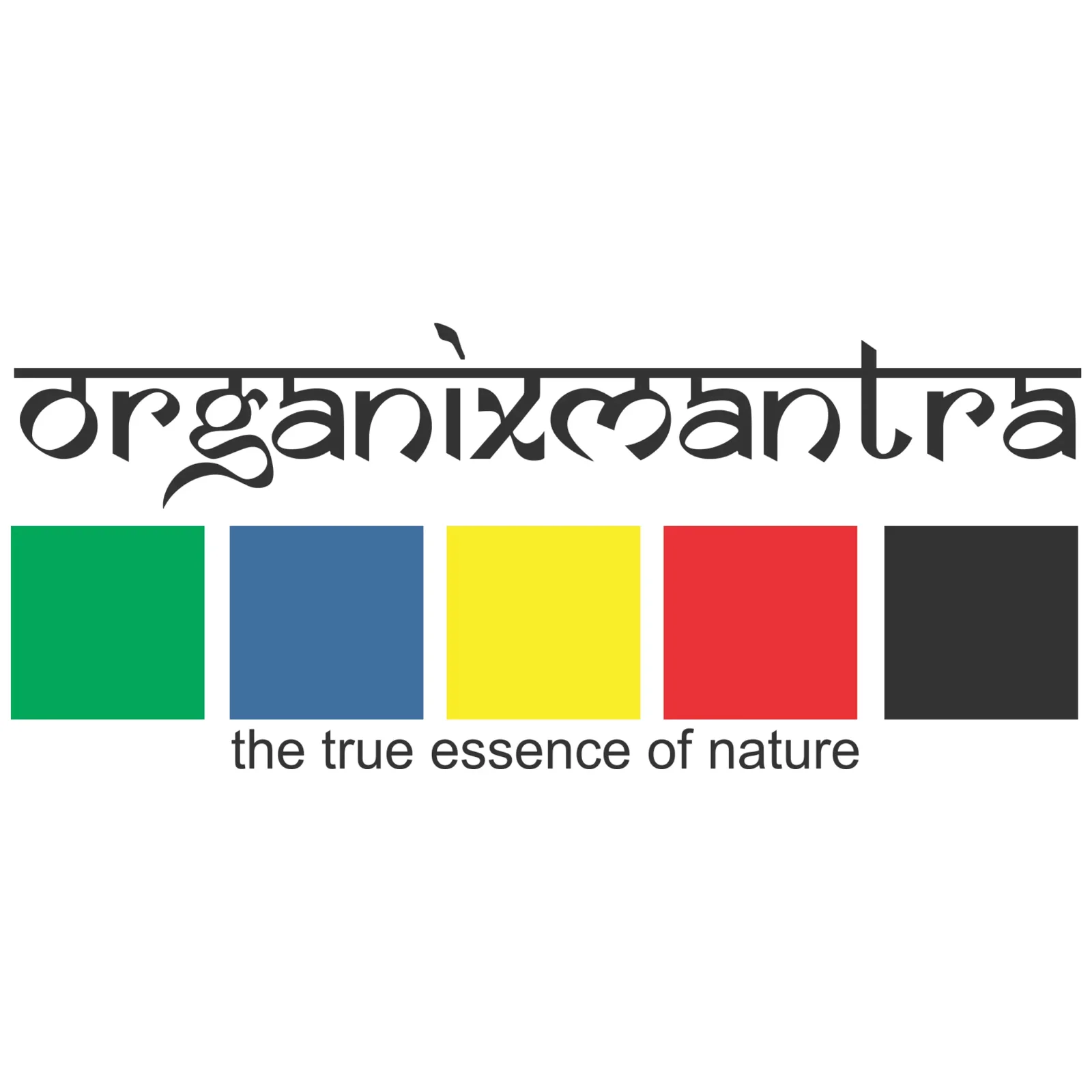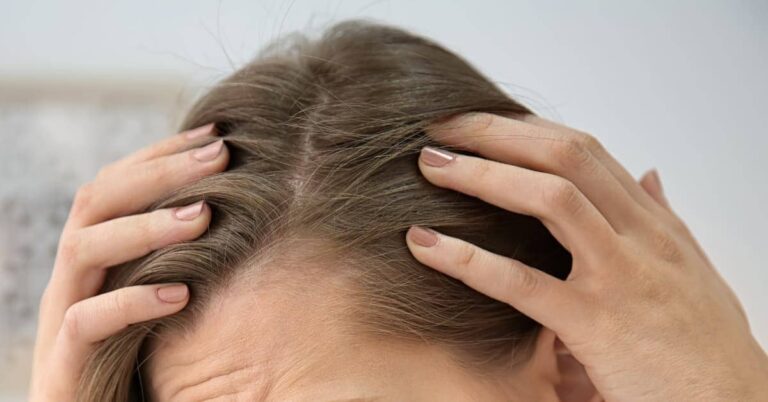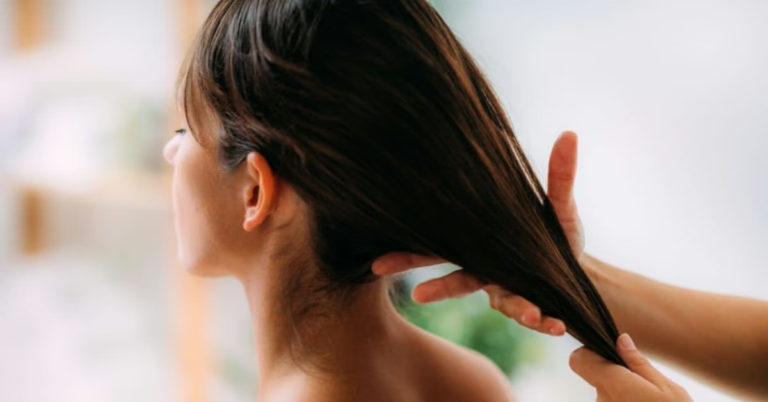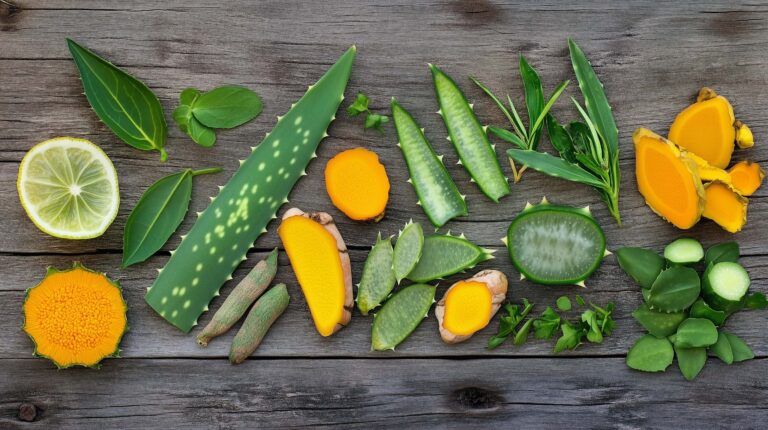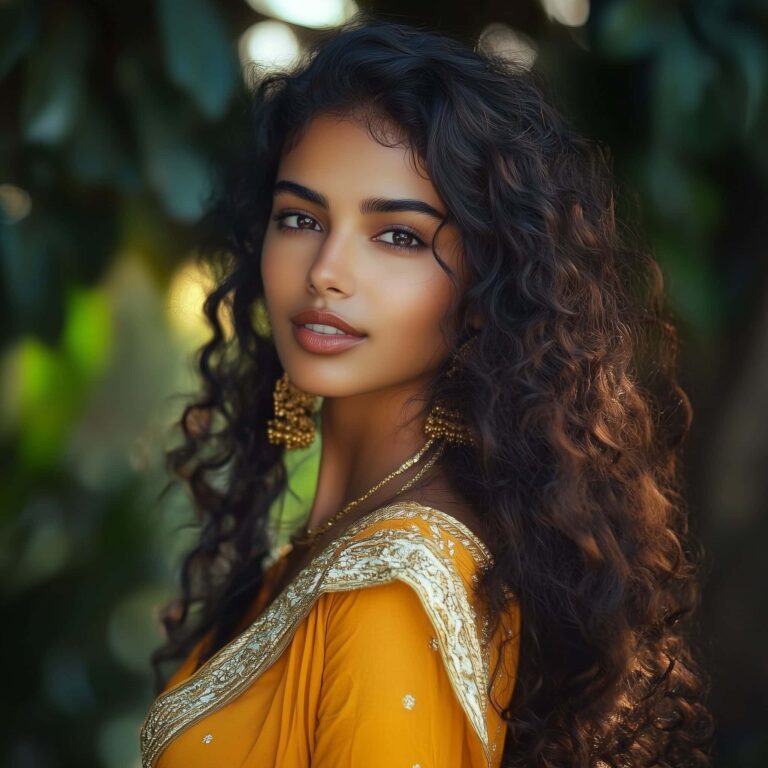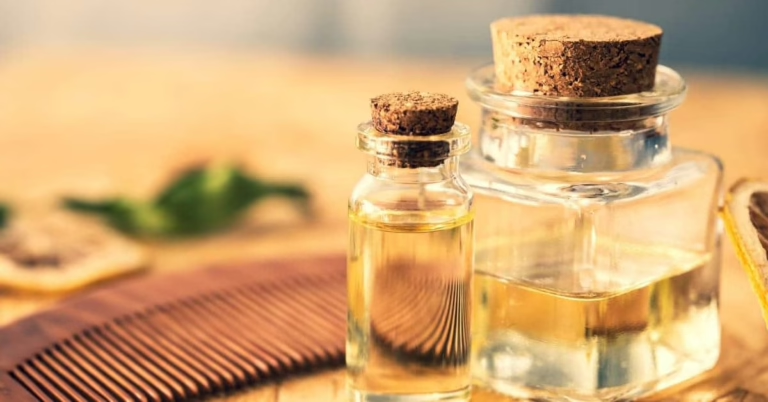9 Kids’ Shampoos vs. Adult Shampoos
You’ve probably had this moment in the supermarket aisle: one hand clutching a bright, cartoon-covered kids’ shampoo that promises *tear-free wash days*, the other holding a salon-sleek adult bottle boasting *deep cleansing micellar technology*. Both claim to be “gentle,” “nourishing,” and “dermatologist-tested.” Yet the price tags, scents, and ingredient lists are miles apart.
So which bottle truly belongs in your shower caddy—and which should your child use? More importantly, is the “kids’ shampoo” label just marketing fluff, or does it reflect real differences in formulation and safety?
In this deep-dive guide, you’ll discover:
* How a child’s scalp and an adult’s scalp differ biologically.
* What “pH-balanced,” “tear-free,” and “sulfate-free” really mean.
* Science-backed ways to time a smooth transition from kids’ to adult shampoo.
* Whether a grown-up with a sensitive scalp can steal the little one’s bottle (spoiler: sometimes yes!).
* A simple DIY herbal rinse that works for *both* age groups.
By the end, you’ll be empowered to decode those tiny font ingredient labels, bust common shampoo myths, and curate a safe, effective hair-washing routine for every family member—without falling for marketing gimmicks.
Why the Shampoo You Use Matters
Healthy hair starts at the scalp—much like a thriving plant starts with nutrient-rich soil. A child’s “hair soil” is dramatically different from yours in three core ways:
1. Skin Thickness & Barrier Function
Kids: up to 30 % thinner epidermis, meaning chemicals absorb faster.
You: thicker barrier, more layers of keratin.
2. Sebum (Oil) Output
Kids: sebaceous glands are still learning to produce balanced oils.
You: oil spikes during adolescence, steadies in adulthood, dips after 45.
3. Microbiome & pH Landscape
Kids: scalp pH hovers around 5.5–6.5; microbiome is simpler and more fragile.
You: pH stabilises closer to 4.5–5.5; diverse microbes handle stronger cleansers.
Because of these differences, harsh sulfates that simply *clarify* an adult scalp can leave a child’s skin red, flaky, or itchy. Conversely, ultra-gentle kids’ formulas may fail to dissolve the heavier product build-up that comes with adult life—think hair wax, city pollution, and gym sweat.
Kids’ Scalps vs. Adult Scalps

Imagine a baby sponge versus a seasoned kitchen scrub pad. The sponge (child’s scalp) is porous, absorbs everything, and can tear if you scrub too hard. The scrub pad (adult scalp) can handle friction and detergents but needs deeper cleaning to dislodge grease. Using the wrong cleanser on either leads to damage: strip the sponge, you shred it; under-clean the scrub pad, it stays grimy.
The Role of pH in Shampoo
pH measures acidity/alkalinity on a scale of 0–14. Lemon juice sits around 2 (very acidic); soap hovers near 9 (alkaline). Hair cuticles prefer slightly acidic environments (about 4.5–5.5) to stay flat and shiny. Kids’ shampoos often drift closer to neutral (6–7) to reduce eye sting. Adult shampoos inch toward 4.5–5.5 to seal cuticles after chemical treatments. Using a low-pH adult formula on a toddler may sting eyes; using neutral pH on chemically-treated hair may leave it frizzy.
What’s Inside the Bottle? Ingredient Breakdown

Below is a practical decoder ring for the most common shampoo ingredients. Keep this in your back pocket the next time you’re squinting at labels.
Ingredient Group | Kids’ Shampoo Role | Adult Shampoo Role | Take-Home for You |
Primary Surfactants (Sodium Laureth Sulfate, Cocamidopropyl Betaine) | Mild, low-foam, often coconut-derived | Higher foam, stronger oil removal | Look for **SLES-free** for sensitive scalps; betaines are gentle on both ages |
| Conditioning Agents (Silicones, Quats) | Rare or in micro-doses to keep formula light | Heavier silicones to smooth colored/damaged hair | Fine-haired adults may prefer kids’ lighter formulas |
| pH Buffers (Citric Acid) | Keep pH ≈ 6–7 to stay tear-free | Drop pH to 4.5–5.5 for shine | Lower pH helps frizz but may irritate sensitive kids’ eyes |
| Preservatives (Phenoxyethanol, Sodium Benzoate) | Broad-spectrum but low levels | Similar types, sometimes higher % due to richer formulas | Trust reputable brands with microbial testing certificates |
| Fragrance & Dyes | Fruity, allergen-restricted scents; minimal colorants | Wide palette of perfumes, dyes, essential oils | Skip dyes if your child has eczema; adults sensitive to fragrance can choose unscented versions |
Common Ingredients in Kids’ Shampoos
Decyl Glucoside:- Sugar-derived cleanser—mild and biodegradable.
Aloe Vera & Chamomile Extract:- Soothe tender scalps, add mild slip.
Vegetable Glycerin: – Humectant that attracts moisture without build-up.
These support a child’s need for low-irritation cleansing while keeping eyes sting-free.
Ingredients Often Found in Adult Shampoos
Sodium Lauroyl Sarcosinate: – Great at breaking down styling-product residue.
Silicones (Dimethicone, Amodimethicone): – Coat strands, boost shine, minimise colour fade.
Salicylic Acid or Zinc Pyrithione: – Active ingredients that target dandruff and excess oil.
Strength and specialised treatment take precedence over mildness here.
What to Avoid—Red Flags in Both

1. High-Fragrance Load (≥ 1 %): – Major trigger for dermatitis in kids *and* adults.
2. Methylisothiazolinone (MI): – Preservative linked to allergic reactions—choose MI-free if anyone in the family has eczema.
3. Opaque Dyes in Kid Formulas: – Pretty colours add zero benefit but raise irritation risk.
Use Cases—When to Use Which Shampoo

Life stage, environment, and personal habits matter more than a bright “KIDS” label. Here’s a roadmap you can actually use.
| Toddler with cradle cap | Kids’ shampoo + soft brush | Gentle surfactants loosen flakes without sting |
| Nine-year-old swimmer | Kids’ shampoo twice weekly + clarifying rinse | Chlorine needs removal but mild cleanser protects eyes |
| Teen hitting puberty oil-spike | Transition to gentle adult clarifying shampoo | Stronger sebum needs deeper clean |
| Adult with eczema flare-up | Borrow kids’ shampoo temporarily | Neutral pH calms inflammation |
| Post-color-treatment hair | Low-pH sulfate-free adult shampoo | Seals cuticles, protects dye |
Kids Over 10—Time to Switch?
At 10–12, sebaceous glands fire up due to pre-teen hormones. Your child might complain their hair feels “greasy by day two.” That’s your cue to test-drive a gentle *teen-friendly* adult formula. Start on weekends: alternate between the kids’ bottle and the new shampoo, then survey scalp comfort, shine, and oiliness.
Can Adults Use Kids’ Shampoo?
Absolutely—when your scalp is sensitive from chemical peels, postpartum hormone shifts, or environmental stress (e.g., Delhi’s winter smog). Just remember: mild cleansers might not cut through layers of dry shampoo or strong styling gel. For product-heavy days, double cleanse: first with kids’ shampoo, then with a clarifier.
Myth-Busting Shampoo Assumptions

1. Kids’ shampoo is always safer.
Truth: – Safety hinges on ingredient list, not cartoon graphics. An adult sulfate-free brand can be milder than a brightly coloured kids’ shampoo packed with dyes.
2. Adult shampoo causes hair fall in children.
Truth: -Hair fall usually traces back to tugging, nutrition, or illness—not merely the cleanser. The wrong cleanser can *exacerbate* breakage, but it’s rarely the root cause.
3. Tear-free means chemical-free.
Truth: – Tear-free formulas tweak pH and add buffering agents that numb eye stinging sensors. They still rely on preservatives and surfactants; they’re not “chemical-free” (nothing with water is).
4. Sulfates are evil.
Truth: – Sulfates (like SLES) are efficient cleansers. For oily adult scalps, weekly use can be helpful. The key is concentration and post-wash conditioning. Kids’ thin scalps don’t need this strength.
5. Natural equals better.
Truth: – Poison ivy is natural; so is arsenic. Many “natural” essential oils can irritate children’s skin. Focus on evidence-backed ingredients, not buzzwords.
Choosing the Right Shampoo for Your Family
Follow this five-step checklist on your next shopping trip or online scroll:
1. Scan the First Five Ingredients
Water, surfactant, co-surfactant, humectant, preservative. If fragrance shows up before no. 6, scent load is high—skip for toddlers and eczema-prone adults.
2. Look for pH Info
Few brands print it; those that do deserve brownie points. Aim 4.5–5.5 for colour-treated or frizzy hair; 5.5–6.5 for kids.
3. Identify Active Needs
Dandruff? Seek zinc pyrithione (1 %).
Product build-up? Try salicylic acid (2 %).
Sensitive scalp? Choose oat or aloe-based formulas.
4. Patch Test Like Skincare
Dab diluted shampoo behind ear, wait 24 h. Redness or itching? Reject bottle. The five-minute inconvenience can save weeks of scalp misery.
5. Match Lifestyle & Water Quality
Hard water + sulfate shampoo = extra dryness. In Chennai or Jaipur, pick a chelating, sulfate-free formula plus weekly apple-cider-vinegar rinse. In Bengaluru’s softer water, standard sulfates might rinse cleanly.
Natural & Herbal Options Worth Exploring

India’s traditional hair heroes—*amla, shikakai, neem, hibiscus*—pack gentle cleansing saponins and antioxidants. Modern brands cold-process these into low-foam gels ideal for kids and sensitive adults. If you DIY, maintain proper hygiene: dry the herbs, grind finely, and store in airtight jars to prevent fungal growth.
Final Takeaways & Pro Tips
* Kids’ and adult shampoos differ mainly in surfactant strength, pH, and fragrance load—not in some magical “kids-only” ingredient.
* Switch from kids’ to adult formulas when oil production noticeably rises (often age 10–12).
* Adults can borrow kids’ shampoo during scalp sensitivity episodes but may need a second cleanse for heavy build-up.
* Ingredient literacy beats brand hype. Compare the first five components, note fragrance position, and check pH where possible.
* Hard water, pollution, and styling habits can nudge you toward milder or stronger cleansers—adjust seasonally.
Pro Tip: Keep a travel-size kids’ shampoo in your gym bag; its gentle formula prevents over-stripping hair after frequent washes without weighing it down.
FAQs on Kids vs. Adult Shampoo
Q1. Can I wash my toddler’s hair daily with adult sulfate-free shampoo?
If the formula is fragrance-light and pH-balanced, an occasional wash is okay, but daily could still irritate thinner skin. Stick to kids’ shampoo for routine cleanses.
Q2. Is baby shampoo good for colour-treated hair?
Sometimes. The higher pH may lift cuticles slightly, dulling colour faster. Choose a colour-safe, low-pH adult formula instead.
Q3. Do all tear-free shampoos avoid SLS/SLES?
No. Some simply reduce concentration and add buffering agents. Always read the label.
Q4. How long does an opened bottle stay safe?
Most remain stable for 12–18 months. If scent changes or separation occurs, discard it—even if the expiry date is far off.
DIY Herbal Rinse for All Ages

Bring back Grandma’s wisdom with a quick hibiscus-rice-water rinse that leaves hair glossy and calm.
You’ll Need
* 2 dried hibiscus petals
* 2 tbsp uncooked rice
* 2 cups water
* Optional: 1 drop lavender essential oil (skip for kids under 5)
Steps
1. Rinse rice to remove dust, then soak in 2 cups water overnight.
2. In the morning, add hibiscus petals and simmer 5 minutes. Cool fully.
3. Strain, bottle, and refrigerate up to 5 days.
4. After shampooing, pour over scalp and lengths. Massage 60 seconds, rinse lightly.
Why It Works: Rice peptides strengthen cuticles; hibiscus adds mild plant acids for shine. The rinse is pH-friendly (~5.8), suitable for kids and adults. Patch test first if anyone has pollen allergies.
Wrapping Up
Ready to become an ingredient-label ninja? **Share** your go-to shampoo picks in the comments—tell us why they work for *you*. If you’re still undecided, subscribe to our newsletter for monthly deep dives into natural, science-backed hair care. You’ll get a free printable “Shampoo Ingredient Cheat Sheet” (perfect for your next shopping trip). Don’t keep shiny, healthy hair secrets to yourself—**send this guide to one friend** who’s still stuck in the shampoo aisle dilemma!
